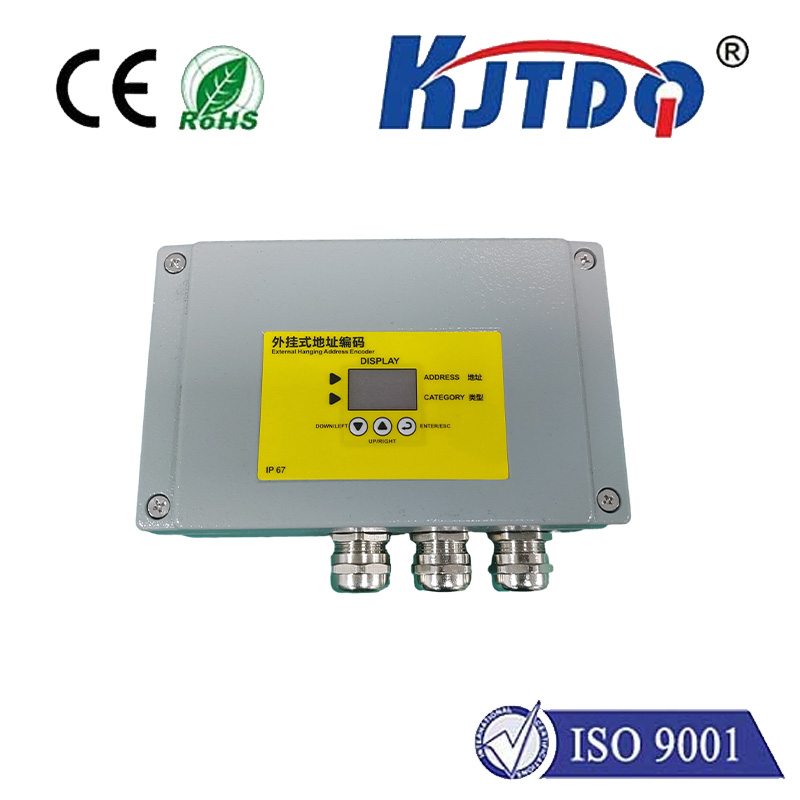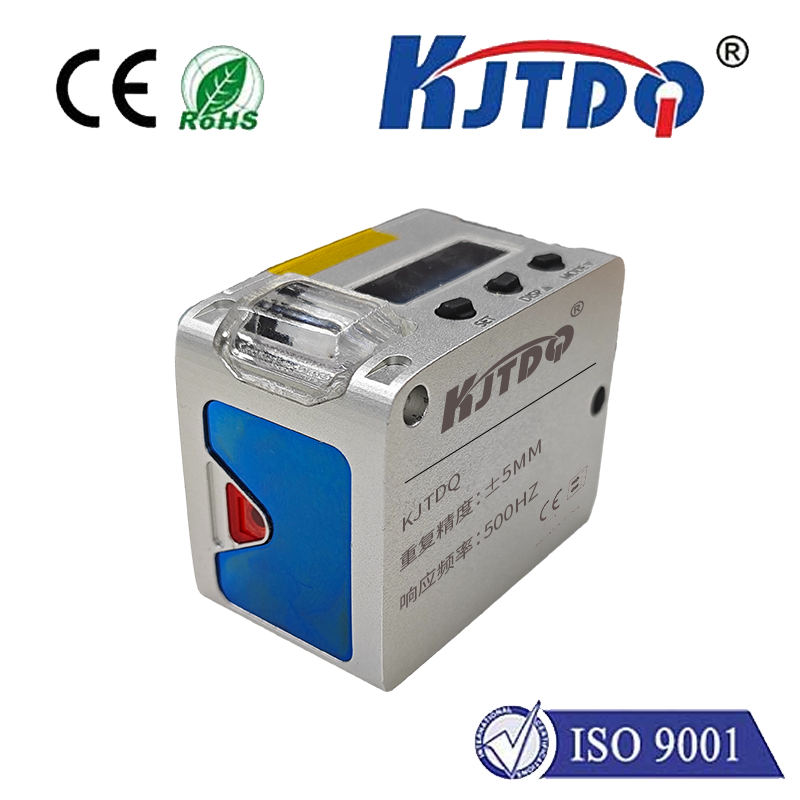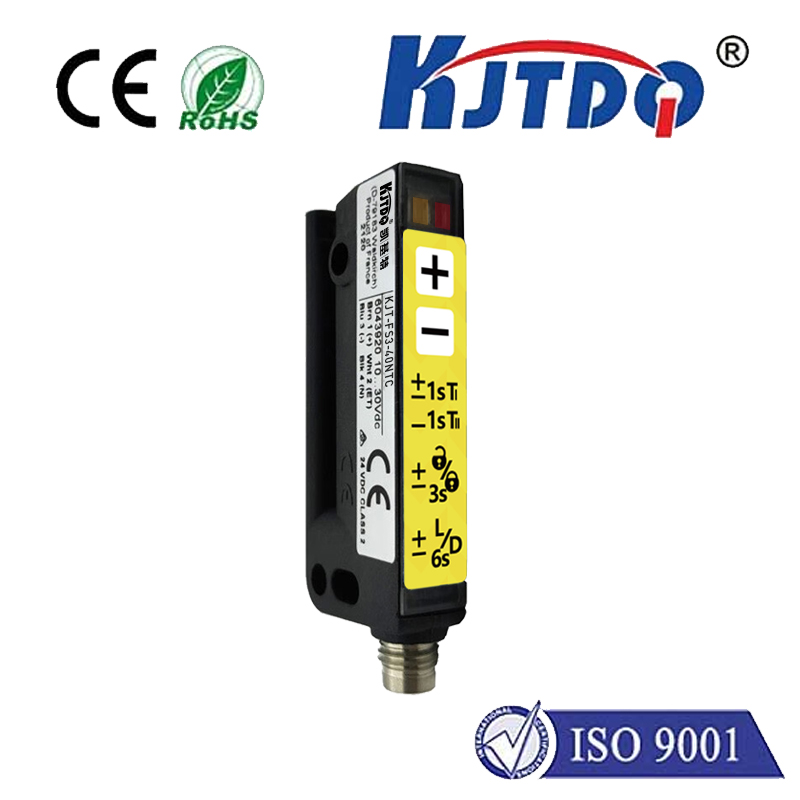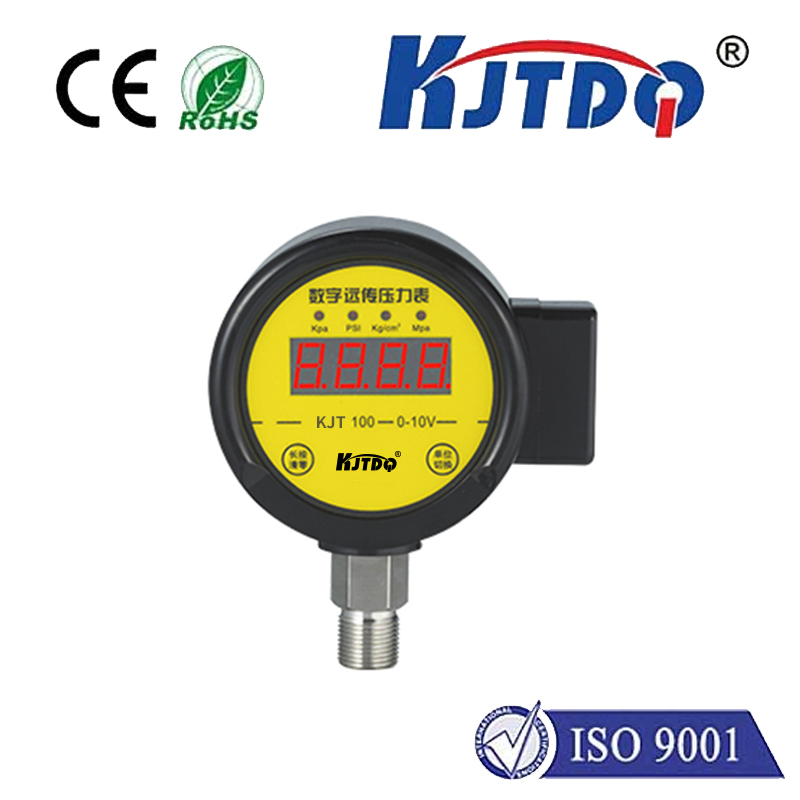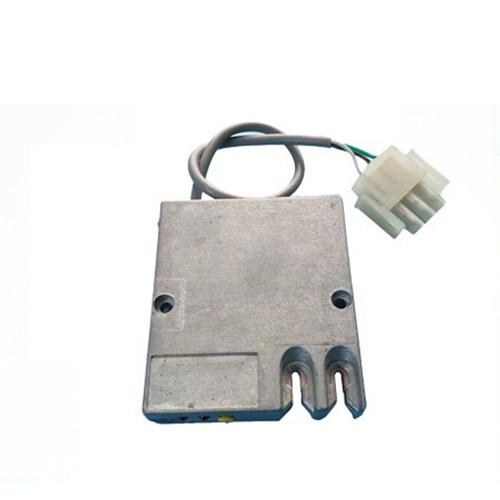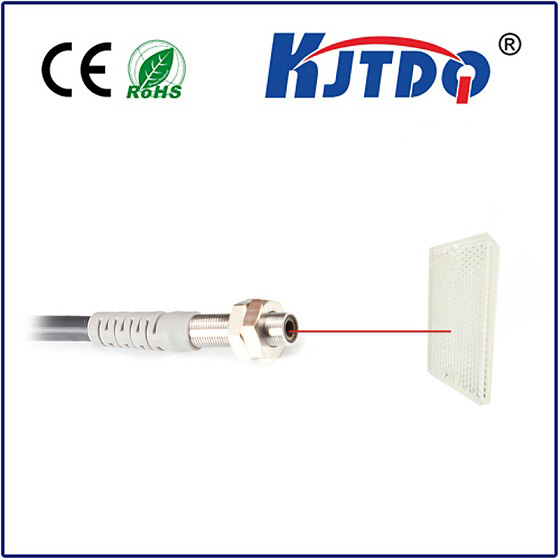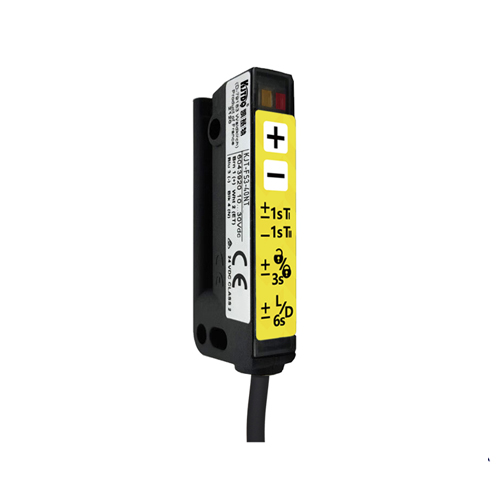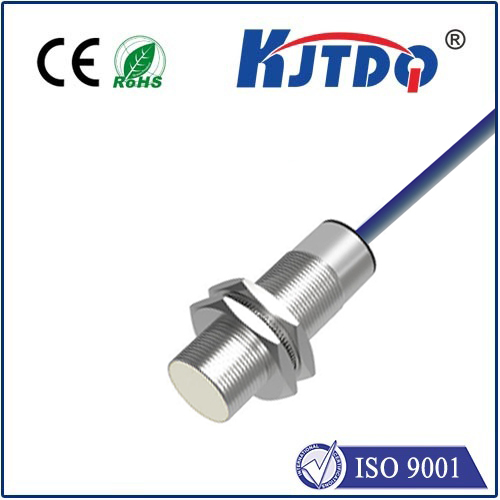

check

check

check

check

check

check

check

check

check

check
A photo electric sensor is a device that uses light waves for detection purposes. It is an essential tool in many industries, including manufacturing, automation, and security systems. This article will explore the basics of how these sensors work, their applications, and their advantages.
The Working Principle
Photoelectric sensors operate on the principle of converting light energy into electrical signals. They consist of a light source, typically an LED or laser diode, and a receiver, usually a photodiode or phototransistor. When an object passes between the light source and receiver, it interrupts the beam, causing a change in voltage that can be detected and processed by electronic circuitry.
Applications in Industry

In the manufacturing industry, photoelectric sensors are used to detect the presence or absence of objects on conveyors, count objects moving through production lines, and measure distances between objects. They are also used in quality control processes, such as detecting defects in products.
Automation systems utilize photoelectric sensors for machine vision applications, where they help in identifying objects based on color, shape, size, or other characteristics. They are also used in robotics for guiding machines during assembly operations.
In security systems, photoelectric sensors play a crucial role in detecting intruders and monitoring access points. They are commonly found in alarms systems, door controls, and perimeter protection systems.
Advantages of Using Photo Electric Sensors
One significant advantage of using photoelectric sensors is their non-contact nature. They do not require physical contact with the object being detected, reducing wear and tear on both the sensor and the object. Additionally, they have high sensitivity and accuracy, making them ideal for critical applications where precision is necessary.
Another benefit of photoelectric sensors is their ability to operate over long distances. Some models can detect objects up to several meters away, making them suitable for large-scale industrial environments. Finally, photoelectric sensors are highly adaptable and can be customized to meet specific requirements of different applications.
Conclusion
Photo electric sensors are versatile devices that have become integral components in various industries. Their ability to convert light energy into electrical signals makes them highly effective for detecting and measuring objects accurately. As technology continues to advance, it is likely that we will see even more innovative applications for these useful devices.
